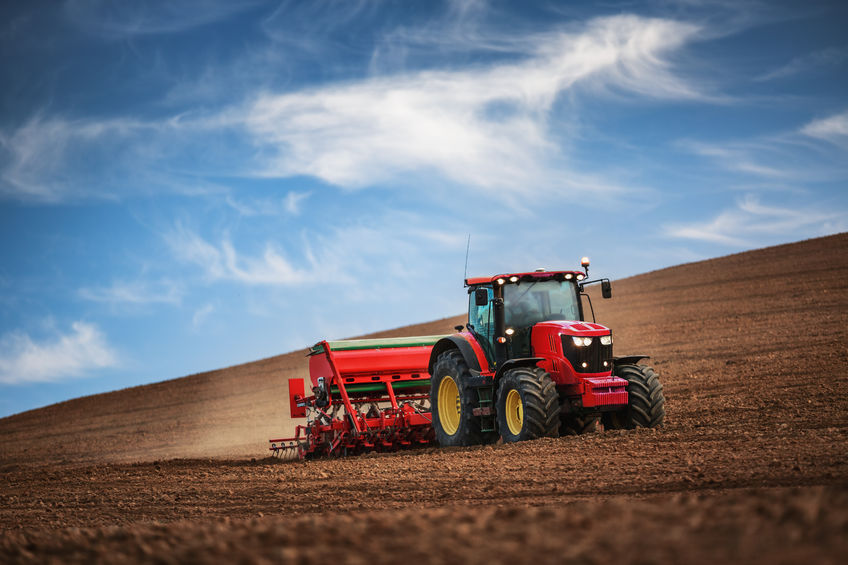
The UK government has been urged to adopt a key change in Irish tax law to encourage the letting of land and boost agricultural productivity.
According to a review of the Irish land market by the Central Association of Agricultural Valuers (CAAV), a recent change to tax law has significantly boosted both the amount of land in the let sector and the average length of tenancy.
The Irish government introduced substantial increases in Income Tax relief from 2015 on the arm’s length letting of farmland for more than five years.
In the first year of the increased relief, the let land area rose by 50%, and the second-year figures from 2016 tax returns, published by the Irish Revenue just this month, show a continued impressive response.
“Tax returns point to around 300,000 acres having been newly let in 2015 and 2016 on such terms, with the area let on five years and more increasing from 2% of Irish farmland in 2001 to 6% (c.660,000 acres) in 2016,” explained Jeremy Moody, secretary and adviser to the CAAV.
“As land management decisions frequently take time to implement, that is a striking initial response.”
With the Irish let sector wound down a century ago, Irish landowners have since only used conacre seasonal agreements, which cover around 30% of the farmed area.
While some let land is coming from that conacre, some is also moving directly from in-hand farming, he added.
“The area of conacre fell by 3% in 2015, 15% in 2016 and 28% in 2017, suggesting a progressive shift to longer term lettings as desired by the Irish government, as well as drawing more land into the let market,” Mr Moody said.
Agricultural productivity
Tax figures show that the level of relief claimed increased from €9.2m (£8.3m) in 2014 to €13.9m (£12.5m) in 2015 and €19.4m (£17.4m) in 2016.
He continued: “With a 33% increase in the number of taxpayers claiming the relief in 2015, and another 24% increase in 2016, these measures have encouraged more landowners to become landlords.”
One of the driving reasons behind the tax change was to improve agricultural productivity by moving farmed land into the hands of ‘trained’ people, giving security for investment and improvement.
“Based on a large econometric study, that was found to be two or three times as effective as moving land out the hands of the over-65s, resulting in a 12% gain in overall production,” said Mr Moody.
“Such a gain would be a major and necessary boost for farming’s profitability and resilience.”
With the British Government looking to boost agricultural productivity, the hard evidence from the Irish Revenue shows this tax relief is having rapid and long-term effects.
According to the CAAV, it demonstrates how tax relief can open up land occupation in the UK, providing important flexibility to handle the changes and challenges post-Brexit. The organisation has urged the government to follow in Ireland's footsteps.
